Electrically, all cards are not secret carriers and are also very similarly equipped. Since in the end it is only the infusion of an infusion, I save the long component collections as a table, but only go into the primary details. All three cards rely on a 3 + 2 phase design, i.e. three phases for the GPU and two for memory. On Semiconductor's NCP81611 on all back cards could also have 4 phases, but there are only three in total, one of which is powered by the PCIe slot. Both cards also have an 8-pin power supply connection for the other two phases and the vast majority of the circuit, although the input smoothing is unfortunately eliminated on all cards. An NCP45491 ensures the monitoring of voltages and currents on all rails.
For the generation of VDDC over the 3 phases, a PowerStage NCP 302150 from On Semi is used per phase, which is specified with a maximum of 45 A. This is already a little borderline, but it is still sufficient. The gate-driver and the two asymmetrical MOSFETs for the high- and low-side are already firmly integrated into a package. Smoothing is carried out via normal, encapsulated ferrite core coils of 222 nH each. With the Palit card, the power supply of the memory is discretely solved with one MOSFET for the high- and low-side per phase. One SM4377 is used for each phase for the high-side and one SM4503 for the low-side, both of which come from UBIQ (UPI). here, too, 220 nH coils are smoothed. For control, use an NCP81278 from On Semi, which can provide a maximum of 2 phases.
For the LED and some other things, The two GamingPros from Palit use a simple ARM processor from Holtek, the BIOS was solved as a normal single BIOS via one of the usual EEPROMs. The memory modules rely on six of Micron's well-known 1GB modules at 14 Gb/s. This was also the result of important elements, to which the smaller voltage converters for various partial voltages, video controllers and gedöns are added. With the Gainward GTX 1660 Super Pegasus OC, the placement differs only slightly.
The biggest difference between the boards is the power supply of the memory, because the space is much tighter. Instead of the single MOSFETS, you now rely on an FDPC5018SG, an asymmetric Dual N-Channel PowerTrench Power Clip MOSFET. And since you don't have to operate light emitters and everything is knitted much easier, the ARM processor from Holtek is also omitted. the rest is identical, only arranged differently.
Cooler of the Palit GTX 1660 Super GamingPro (OC)
The cooler combines GPU heatsink and cooling frame in one piece. The cooling fins are located on top and the thermal distribution of the waste heat dissolves a total of two 6 mm heatpipes made of non-nickeled copper composite, one of which is also curved in circulation. For the designed performances up to 150 watts, all this is completely sufficient, because at the top there are two 8.5 cm fans with 9 rotor blades each in the cover made of ABS and shovel properly.
Cooler of the Gainward GTX 1660 Super Pegasus OC
The smaller card has a similarly designed cooler with a heatsink for everything that cools GPU, RAM and voltage converters and is connected to the cooling fins on a large area. Three non-nickel heatpipes are even used here. A single, 9.5 cm fan with 9 rotor blades gives the lively single fighter. There is no room for more space.
I have finally summarized both coolers in tabular terms:
| Cooling system at a glance | Palit GTX 1660 Super GamingPro (OC) | Gainward GTX 1660 Super Pegasus OC |
|---|---|---|
| Type of cooler: | Air | Air |
| Heatsink: | Nickel-plated heatsink above all else | Nickel-plated heatsink above all else |
| Cooling fins: | Aluminum, horizontal alignment related |
|
| Heatpipes | 2x 6 mm, copper composite | 3x 6 mm, copper composite |
| VRM cooling: | about Heatsink | about Heatsink |
| RAM cooling | about Heatsink | about Heatsink |
| Fan: | 2x 8.5 cm fan, 9 rotor blades | 1x 9.5 cm fan, 9 rotor blades |
| Backplate | ABS, no cooling function | No |
- 1 - Einführung
- 2 - Tear Down: Platine und Kühler
- 3 - Shadow of The Tomb Raider
- 4 - Grand Theft Auto V
- 5 - F1 2019
- 6 - Total War: Three Kingdoms
- 7 - Far Cry 5
- 8 - The Division 2
- 9 - Metro Exodus
- 10 - Leistungsaufnahme im Detail
- 11 - Temperaturen und Infrarot
- 12 - Lüfter und Geräuschentwicklung
- 13 - Zusammenfassung und Fazit















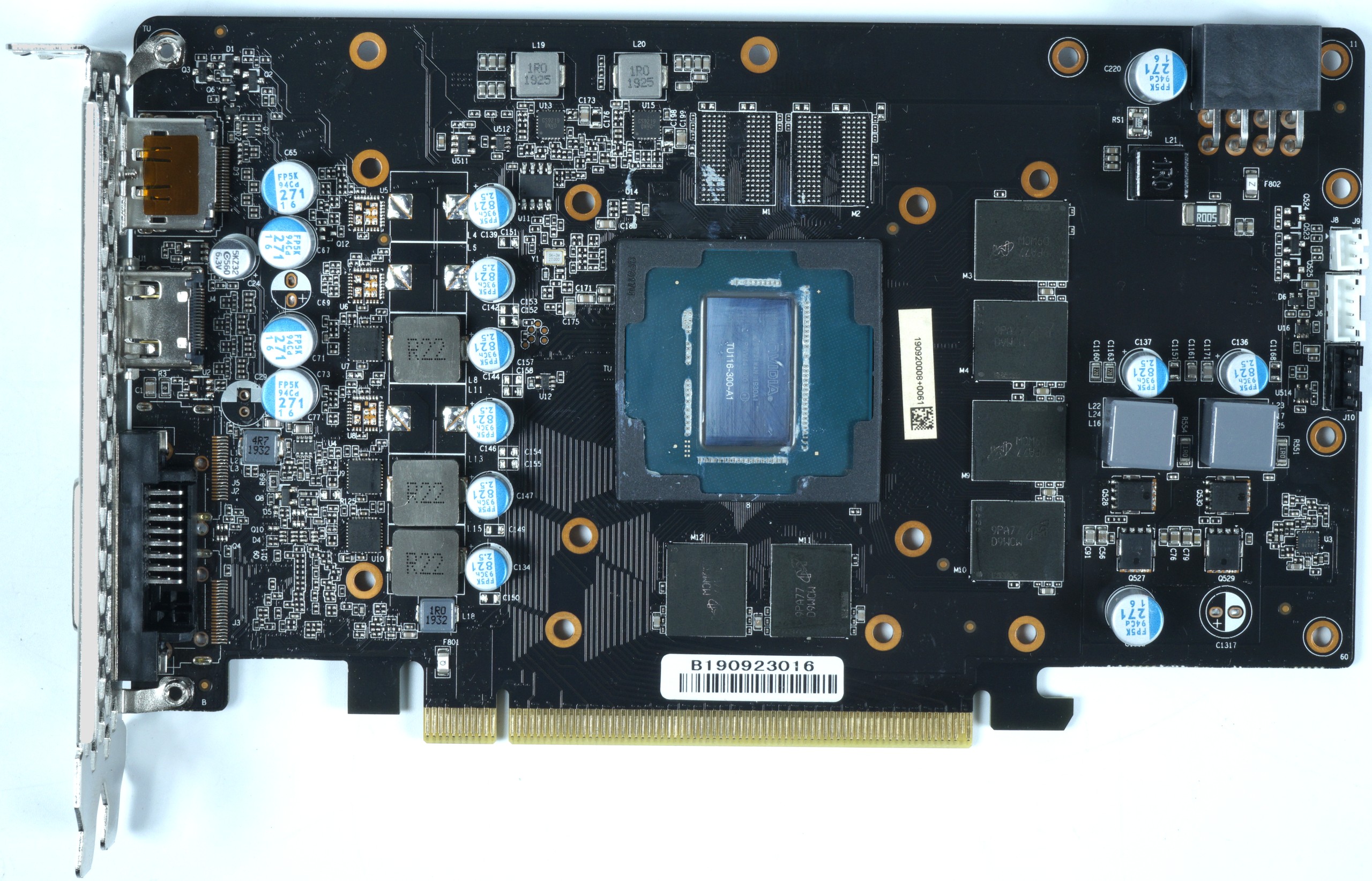
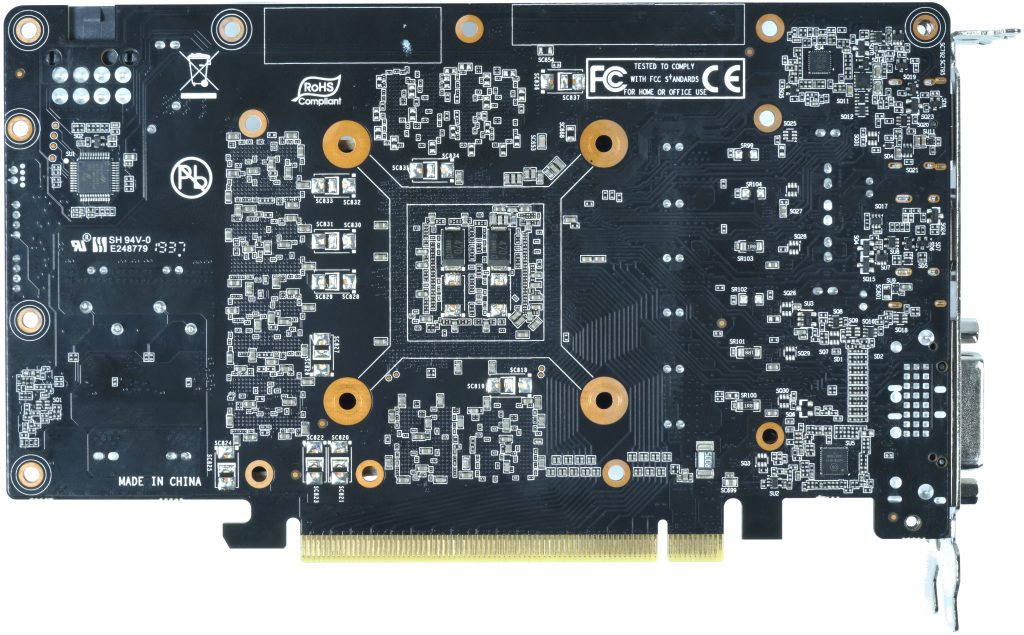
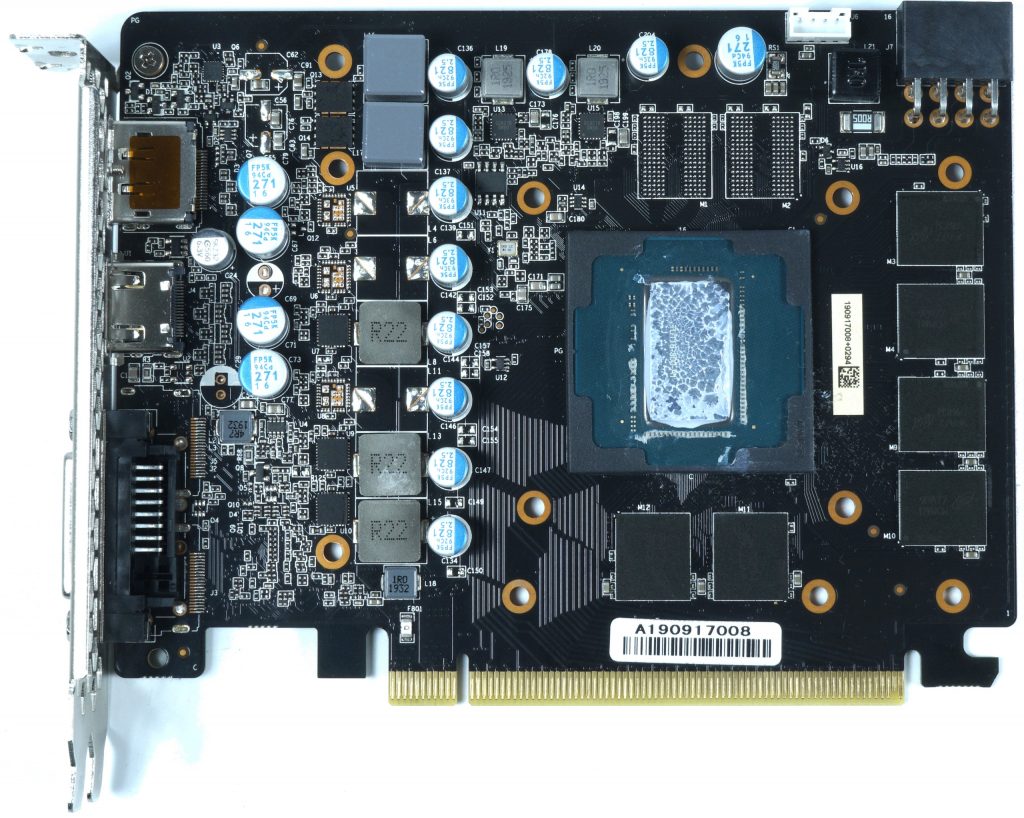
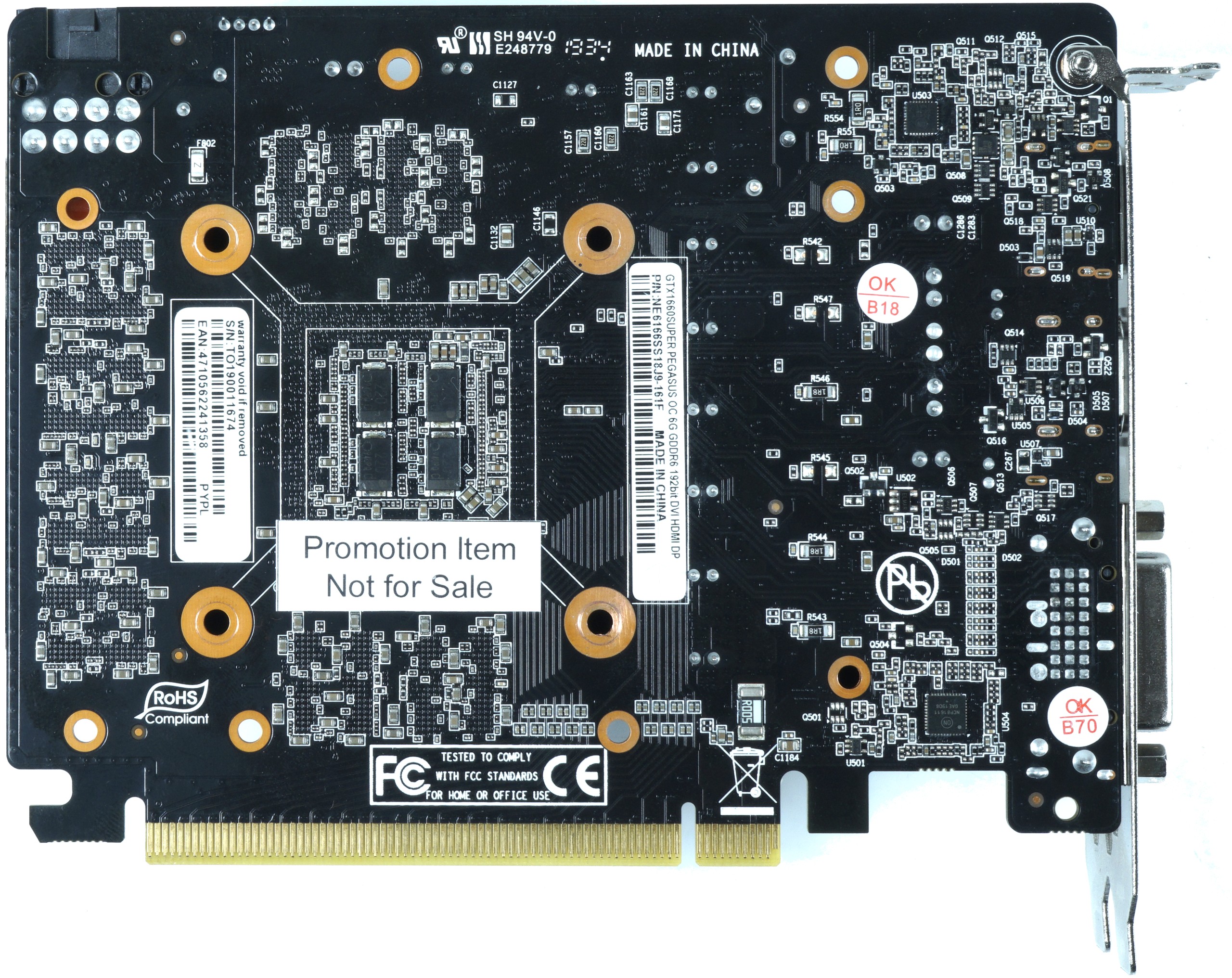
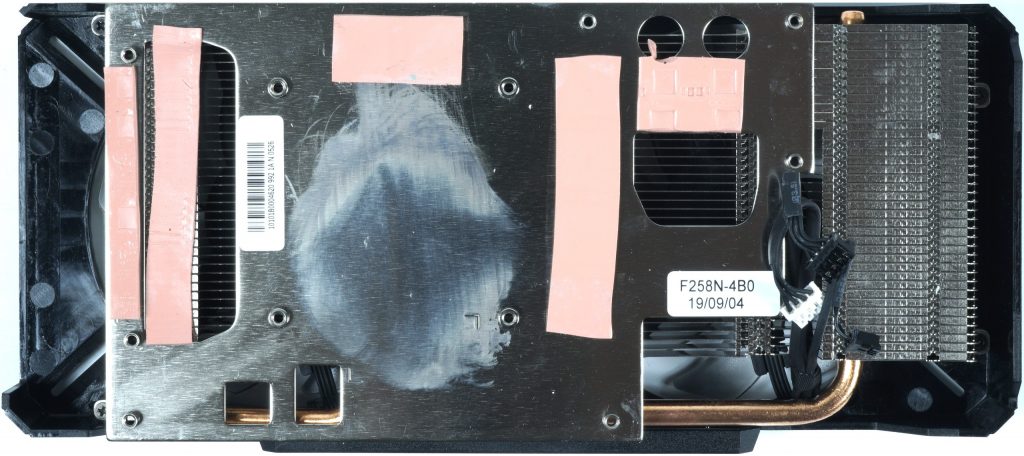
















Kommentieren